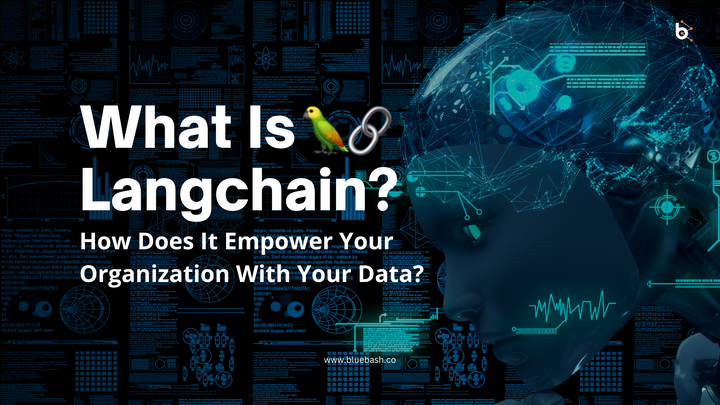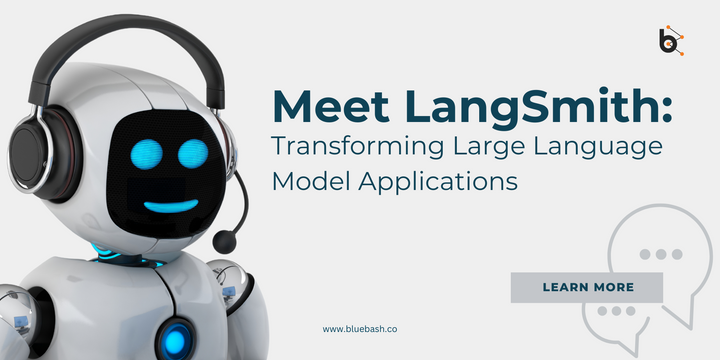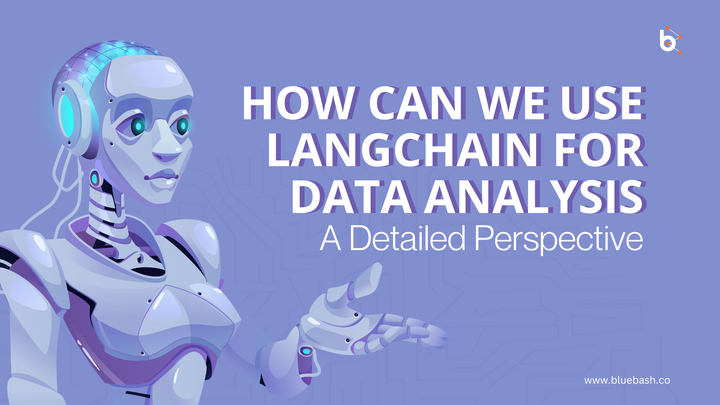Microsoft Collaboration With Langchain

Launch of a Landmark Collaboration Between LangChain and Microsoft
In an exciting development for the AI industry, LangChain and Microsoft have announced a strategic partnership. This collaboration marks a significant milestone, combining LangChain's expertise in creating context-aware reasoning applications with Microsoft's innovation and commitment to safety in technology.
The partnership signifies a deepening of product integration, harnessing the power of the Azure ecosystem to meet enterprise-level expectations. Further elevating the alliance, LangChain is now part of the Microsoft for Startups Pegasus Program, a move indicating significant growth opportunities for LangChain.
Accelerating AI Progress
The rapid evolution of the AI industry has seen large enterprises swiftly adapting to new technologies. LangChain, with its ability to provide fast flexibility, and access to the latest cognitive architectures and interaction patterns, has become a sought-after solution. It serves as a diverse range of companies, from startups to Fortune 500 entities, in:
- Developing intelligent assistants and co-pilots,
- Enhancing natural language search and discovery,
- Augmenting existing services with advanced features for new revenue channels.
Addressing the complexities associated with large language model (LLM) applications, LangChain introduced LangSmith. This SaaS solution is designed to manage the entire lifecycle of LLM-powered applications, enhancing developer productivity, shortening production timelines, and ensuring reliability at scale. The combination of LangChain, LangSmith, and Azure services like Azure Machine Learning, Azure AI Search, and Microsoft Fabric provides a comprehensive toolkit for the GenAI era.
Industry Leaders' Perspectives
Eric Boyd from Microsoft praises Azure as the foremost trusted AI cloud for enterprises, emphasizing continued investment in language model operations and prompt orchestration. He expresses excitement about working with LangChain to streamline product adoption and to explore further integration across both ecosystems.

Key Benefits of the Partnership
- Enhanced Product Integration: LangChain and Microsoft are committed to deepening the scope of their product integrations. Users will benefit from LangChain's orchestration capabilities and LangSmith's monitoring prowess, particularly with Azure OpenAI Service, Azure AI Search, Azure AI Document Intelligence, Microsoft Presidio, and more. Both companies are set to collaborate on identifying and implementing improvements, making LangServe deployment on Azure more streamlined.
- Ease of LangSmith Procurement: Post the Microsoft for Startups Pegasus Program, LangSmith will be available in the Azure Marketplace, allowing customers to utilize their Microsoft Azure Consumption Commitment for purchases.
- Robust Data Security: With the deployment of LangSmith within the customer's Azure VPC, the collaboration underscores a strong commitment to data security and privacy.
This partnership indicates a new era of opportunities for clients using LangChain, LangSmith, and Microsoft Azure, highlighting the power of LangChain and Microsoft Innovation in collaborative advancements within the AI industry. For businesses looking to leverage these advancements, the teams at LangChain and Microsoft are ready to provide enhanced support and solutions. Next, delve into the comprehensive, step-by-step guide to Get Started with Azure OpenAI in LangChain, unlock the full potential of your AI applications
Getting Started with Azure OpenAI in LangChain:
In the evolving world of artificial intelligence and machine learning, the integration of Azure OpenAI with LangChain presents a revolutionary step forward. This guide aims to demonstrate how you can seamlessly merge these powerful tools to enhance your AI applications.
1. Accessing OpenAI in Azure:
Azure OpenAI is a powerful cloud platform that lets you access OpenAI's advanced AI models like GPT-3 and GPT-4. To start, go to Azure's website (portal.azure.com) and make sure you have an Azure account. If you're new to Azure, setting up an account is easy, and you'll need a subscription to begin.
2. Setting Up in Azure Portal:
To begin, navigate to portal.azure.com. If you're new to Azure, you'll need to create an account. Once logged in, follow these steps:
- Go to your subscriptions and ensure you have an active one. If not, create a new subscription.
- Search for Azure OpenAI service, or directly input it in the search bar.
- Create a new deployment using your subscription and a resource group (which you may need to create if you don’t have one already).
3. Deployment Creation and Configuration:
- Name your deployment (e.g., "YouTubeDemo").
- Select the pricing tier (e.g., Standard S0).
- Configure network security settings according to your preference.
4. Finalizing Deployment:
After configuring your preferences, initiate the deployment by clicking 'Create.' This process may take a few moments, after which you can return to the Azure OpenAI section in the portal to view your new resource. This step marks a significant milestone in setting up your environment for integrating Azure OpenAI with LangChain.
5. Fetching Necessary Credentials:
In your new Azure OpenAI deployment, two critical pieces of information are needed:
- Copy the endpoint URL.
- Go to 'Keys and Endpoint' to copy the necessary API key.
6. Setting Up LangChain:
With the endpoint URL and API key in hand, proceed to LangChain's notebook, which you can find linked in the video description or on the LangChain website. Here, replace the default OpenAI API base with your unique endpoint and insert the copied API key. This step is crucial for ensuring that LangChain communicates correctly with your Azure OpenAI instance.

7. Azure OpenAI Studio and Model Deployment:
Azure's OpenAI version requires creating a deployment for each model you intend to use.
- In Azure OpenAI Studio, create a new model deployment.
- Choose a model (e.g., GPT-4) and set a unique deployment name.
8. Integrating with LangChain:
In LangChain's notebook:
- Ensure the deployment name matches what you set in Azure.
- After a brief wait, test the integration by running the notebook. This might take a few minutes to activate.
9. Example Usage and Testing:
The blog shows an example of using a chat model in LangChain. You can set up the AI with specific behaviors, like not understanding anything about cheese. Test this by asking various questions and see how the AI responds. This kind of testing doesn't just check if things are working; it also lets you play around with the AI's responses to fit your project's needs.
Conclusion:
This guide outlines the essential steps to integrate Azure OpenAI with LangChain, offering a robust platform for AI development. The combination of Azure's cloud capabilities with OpenAI's advanced models opens new ways for AI application development and research.



